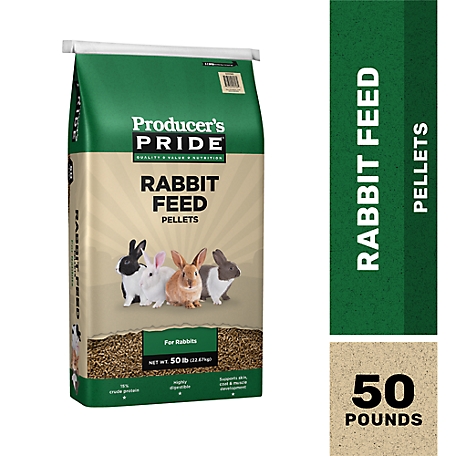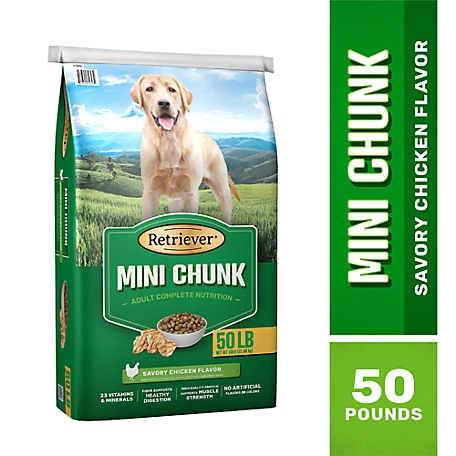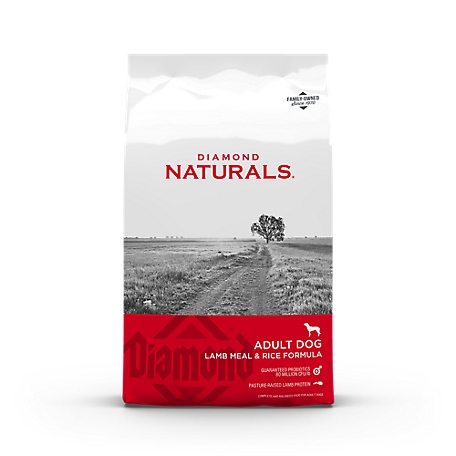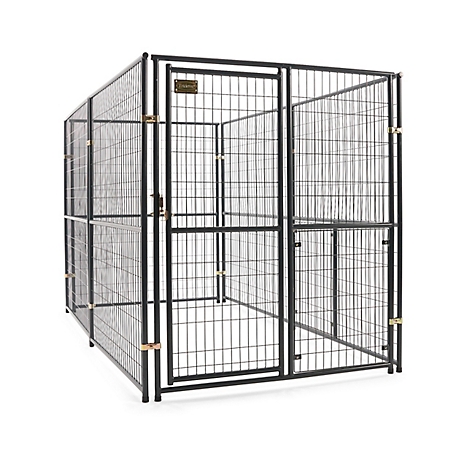Tidy Cats Light Weight, Low Dust, Clumping Cat Litter 24/7 Performance Multi Cat Litter – 17 lb. Pail
Over 50% lighter compared to leading clumping litter. Brand cat litter. For multiple cats. 24/7 performance continuous odor control. Tight clumps for an easy scoop. Directions: Use just like traditional clumping litter. 1 pour to a depth of 3-4 in. 2 remove solids daily. 3 add more litter to maintain a depth of 3-4 in. Pour close to the litter box for maximum tidy-ness! Clean the cat box with warm water and a mild detergent between litter changes.
Over 50% lighter compared to leading clumping litter. Brand cat litter. For multiple cats. 24/7 performance continuous odor control. Tight clumps for an easy scoop. Directions: Use just like traditional clumping litter. 1 pour to a depth of 3-4 in. 2 remove solids daily. 3 add more litter to maintain a depth of 3-4 in. Pour close to the litter box for maximum tidy-ness! Clean the cat box with warm water and a mild detergent between litter changes. Note: we want to remind those with suppressed immune systems and pregnant women that a parasite sometimes found in cat feces can cause toxoplasmosis. Please wash hands thoroughly after handling used cat litter. Encouraging your cat to use an indoor litter box, or properly disposing of outdoor cat feces, is beneficial to overall water quality. Please do not flush cat litter in toilets or dispose of it outdoors in gutters or storm drains. Used litter is not recommended for garden use. Store in a dry place. Product is filled by weight; some settling may occur. Tidy lock with ammonia blocker prevents ammonia odor for 2 weeks guaranteed. The Purina promise pets are our passion. Safety is out promise. Progress is our pledge. www.tidycats.com. purina.com. Question? Visit us at www.tidycats.com. Follow us at purina.com. We’re listening. Visit us online at: purina.com or call 1-800-425-4369. Please recycle. Printed in USA. Lighten your load as you maintain your cats’ litter boxes with Purina Tidy Cats LightWeight 24/7 Performance clumping litter. This Tidy Cats multi cat litter contains triple-odor protection to defend your home against strong smells and leaves behind a fresh, clean linen scent. The lightweight formula weighs half as much as leading clumping cat litter, making it so easy to carry, you feel like saying, “Toss me that litter.” With an added Ammonia Blocker that keeps ammonia odor from forming for 14 days when used as directed, this odor control cat litter provides protection from lingering smells all day and all night. The strong, tight clumps allow for convenient scooping, so litter box cleaning is simple and speedy, and the slow-release deodorizing system ensures continuous odor control with absorbency and clumping in every patented granule. Our low dust cat litter formula provides a clean and easy pour. Fill your cats’ boxes with around-the-clock odor control, and give them a Tidy place to call their own. Purina Tidy Cats LightWeight 24/7 Performance clumping litter is the same great formula you know and love that delivers the same performance you expect, now with a new look.; Let the slow-release deodorizing system in Purina Tidy Cats LightWeight 24/7 Performance clumping litter for multiple cats provide around-the-clock odor control and help lighten your pet-parent load.
- Low dust cat litter for a clean, easy pour
- Prevents ammonia odor from forming for 14 days when used as directed
- Lightweight cat litter formula is 50 percent lighter than the leading clumping litter
- Tight, strong clumps for easy scooping
- Purina Tidy Cats scented cat litter designed to accommodate multiple cats
- Slow-release deodorizing system provides around-the-clock odor control
- Clean linen scent
Additional information
| Country of Origin | Made in USA |
|---|---|
| Clumping or Non | Clumping |
| Life Stage | All Life Stages |
| Litter Features | Lightweight |
| Litter Weight | 21 lb |
| Primary Cat Litter Material | Clay |
| Product Height | 14.75 in. |
| Product Length | 9.5 in. |
| Product Volume | 17 lb. |
| Product Width | 12 in. |
| Scented or Unscented | Scented |
| Manufacturer Part Number | 070230153678 |










by Metz
We use this all the time.
by Paul
The low dust cat liter helps my allergies. The light weight liter is easy to carry in the house and easy to carry outside.
by Chris
This litter works exceptionally well for my cats. They are outdoor cats but stay in side at night. It’s easy to clean their box.